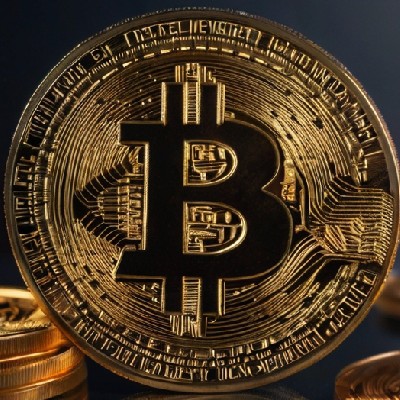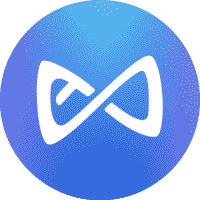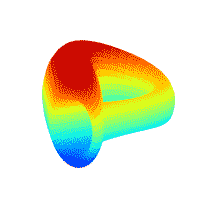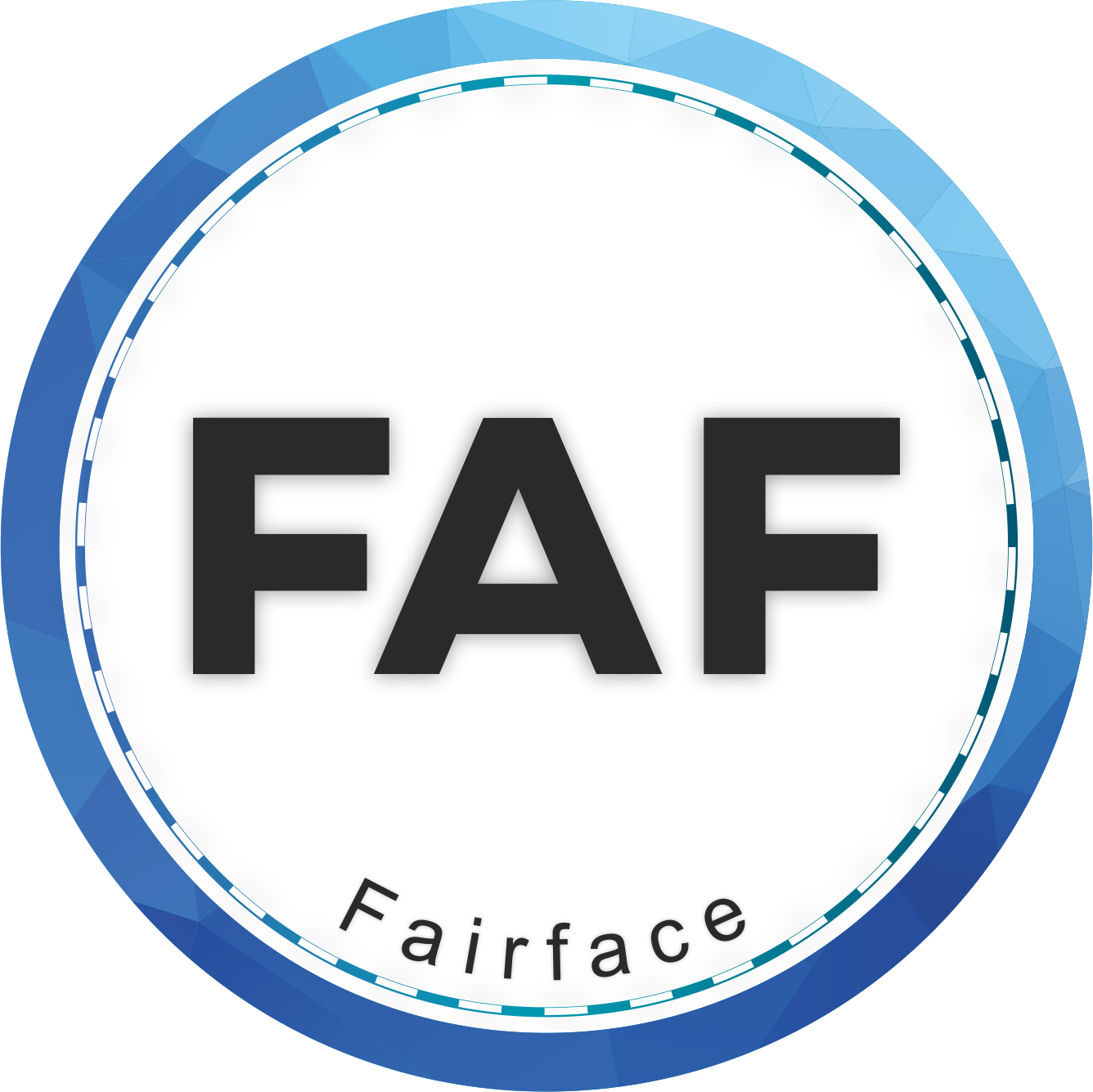Solana ($SOL) surged 12% today following an announcement of a major partnership with a leading DeFi protocol, sparking renewed interest in its smart contract capabilities. Meanwhile, Fantom ($FTM) showed resilience, climbing 7% as its ecosystem recorded a significant uptick in TVL. Terra Classic ($LUNC) experienced a volatile session but ended marginally higher amid rumors of upcoming governance proposals. Meanwhile, Tezos ($XTZ) maintained steady gains, supported by increased adoption of NFT projects on its blockchain. On the other hand, Curve DAO Token ($CRV) faced some selling pressure, dipping 5% after a period of strong rally. Traders are keeping an eye on Polkadot’s less covered sibling, Kusama ($KSM), which jumped 9% following network upgrades that promise better scalability. The broader market remains cautiously optimistic as volume picks up heading into the weekend, with altcoins outside of the usual top-traded assets showing interesting moves.
$HAEDAL: Fueling Innovation Through Decentralized Crowdfunding and Community Support
$HAEDAL is gaining momentum as a promising solution for decentralized crowdfunding, offering a transparent, secure, and efficient way to raise capital for startups, creative projects, and community-driven initiatives. Traditional crowdfunding platforms often charge high fees, enforce restrictive rules, and retain control over the flow of funds, limiting the freedom and potential of both creators and backers.
With $HAEDAL, project creators could launch decentralized fundraising campaigns directly on the blockchain, allowing contributors from around the world to support ideas without intermediaries. Smart contracts would govern the flow of funds, ensuring that capital is only released when specific milestones or conditions are met, which builds trust and reduces the risk of scams or misuse.
Contributors could receive digital tokens or NFTs as proof of support, early access, or voting rights in the project's future development. This tokenized model not only empowers creators to engage with their communities but also gives backers a sense of ownership and participation in the success of the venture.
For $HAEDAL to thrive in the decentralized crowdfunding space, strategic partnerships with Web3 launchpads, DAO platforms, and creator communities will be essential to foster adoption and trust.
Community and Governance in the Haedal Ecosystem:
Community and Governance in the Haedal Ecosystem: A Deep Dive
The rise of blockchain technology has paved the way for decentralized systems that prioritize transparency, inclusivity, and collective decision-making. The Haedal Ecosystem exemplifies these principles by fostering a robust community and establishing a governance framework that empowers its stakeholders. This post explores the integral role of community and governance within the Haedal Ecosystem, highlighting their significance, structure, and impact on its growth and sustainability.
The Role of Community in the Haedal Ecosystem
At the heart of the Haedal Ecosystem lies its community—a diverse collective of developers, investors, users, and enthusiasts who contribute to its vibrancy and resilience. In decentralized ecosystems like Haedal, the community serves as both the foundation and the driving force for innovation and adoption.
1. Building a Shared Vision
The Haedal community is united by a shared vision of decentralization, accessibility, and technological advancement. By aligning stakeholders around common goals, the ecosystem fosters a sense of belonging and purpose. This alignment encourages active participation and collaboration, ensuring that the ecosystem evolves to meet the needs of its users.
2. Driving Innovation
Haedal’s community members play a critical role in driving innovation. Through open-source development, hackathons, and forums, they contribute ideas, solutions, and tools that enhance the ecosystem’s functionality. Developers, for instance, can build decentralized applications (dApps) on the Haedal blockchain, while users provide valuable feedback to refine these innovations.
3. Ensuring Adoption
Adoption is a key metric of success for any blockchain ecosystem, and the Haedal community plays a pivotal role in spreading awareness and encouraging participation. Community-driven marketing campaigns, educational initiatives, and grassroots efforts amplify Haedal’s reach, making it more accessible to a global audience.
Governance in the Haedal Ecosystem
Governance is a cornerstone of decentralized ecosystems, ensuring that decisions are made collectively and transparently. The Haedal Ecosystem employs a decentralized governance model that empowers its stakeholders and prioritizes fairness.
1. Decentralized Autonomous Organization (DAO)
The Haedal Ecosystem operates under the framework of a Decentralized Autonomous Organization (DAO), which facilitates collective decision-making. The DAO allows community members to propose, debate, and vote on key initiatives, ranging from protocol upgrades to treasury allocations.
• Proposal Submission: Any member of the Haedal community can submit a proposal through the DAO platform. Proposals must include clear objectives, a detailed plan, and potential implications.
• Voting Mechanism: Voting power is typically proportional to the number of Haedal Coins held by a participant, incentivizing active involvement from stakeholders.
• Implementation: Approved proposals are executed automatically through smart contracts, ensuring efficiency and transparency.
2. Transparency and Accountability
Haedal’s governance model emphasizes transparency by ensuring that all proposals, discussions, and voting outcomes are publicly accessible. This openness builds trust among community members and holds decision-makers accountable for their actions.
3. Inclusivity and Accessibility
To ensure inclusivity, the Haedal governance framework incorporates mechanisms that encourage participation from all stakeholders, regardless of their technical expertise or coin holdings. For example, educational resources and guides are available to help users understand the voting process and the implications of their choices.
Challenges in Community and Governance
Despite its strengths, the Haedal Ecosystem faces several challenges in maintaining an effective community and governance structure.
1. Voter Apathy
One common issue in decentralized governance is voter apathy, where only a small fraction of stakeholders participate in decision-making. To address this, Haedal has implemented initiatives such as staking rewards for active voters and streamlined voting interfaces to lower participation barriers.
2. Power Concentration
In systems where voting power is tied to coin holdings, there is a risk of power concentration among large stakeholders. Haedal mitigates this by incorporating quadratic voting, which balances influence and prevents domination by a few entities.
3. Coordination and Disputes
Coordinating a diverse and global community can be challenging, particularly when disagreements arise. Haedal addresses this through structured mediation processes and governance forums where stakeholders can voice concerns and seek resolutions.
The Impact of Community and Governance on Haedal’s Growth
The interplay between community and governance has been instrumental in shaping the Haedal Ecosystem’s trajectory.
1. Accelerated Development
The collaborative efforts of Haedal’s community have accelerated the ecosystem’s development, resulting in innovative features and applications. Community-driven initiatives, such as decentralized finance (DeFi) platforms and non-fungible token (NFT) marketplaces, have positioned Haedal as a leader in blockchain innovation.
2. Resilience and Adaptability
Decentralized governance has made the Haedal Ecosystem more resilient and adaptable to changes in the market or technology landscape. By empowering stakeholders to make decisions collectively, Haedal ensures that its evolution is guided by diverse perspectives and real-world needs.
3. Strengthened Trust and Loyalty
The emphasis on transparency, inclusivity, and accountability has fostered trust and loyalty among Haedal’s users and investors. This trust not only enhances user retention but also attracts new participants, contributing to the ecosystem’s expansion.
Future Directions for Community and Governance in Haedal
As the Haedal Ecosystem continues to grow, its community and governance structures must evolve to meet emerging challenges and opportunities.
1. Enhancing Participation
Haedal plans to introduce gamified governance features, such as leaderboards and rewards for active contributors, to encourage greater participation in decision-making processes.
2. Expanding Community Outreach
To strengthen its global presence, Haedal will invest in multilingual resources, regional hubs, and partnerships with educational institutions to engage diverse audiences.
3. Leveraging AI and Automation
Advanced technologies, such as AI and machine learning, can be integrated into governance systems to analyze trends, predict outcomes, and optimize decision-making processes.
Conclusion
The Haedal Ecosystem exemplifies the power of decentralized systems by prioritizing community engagement and transparent governance. Its success is a testament to the potential of blockchain technology to democratize decision-making and empower stakeholders. As Haedal continues to innovate and grow, its community and governance structures will remain central to its mission of building a fair, inclusive, and sustainable ecosystem.



 最低価格
最低価格 最高価格
最高価格 


























.png)












